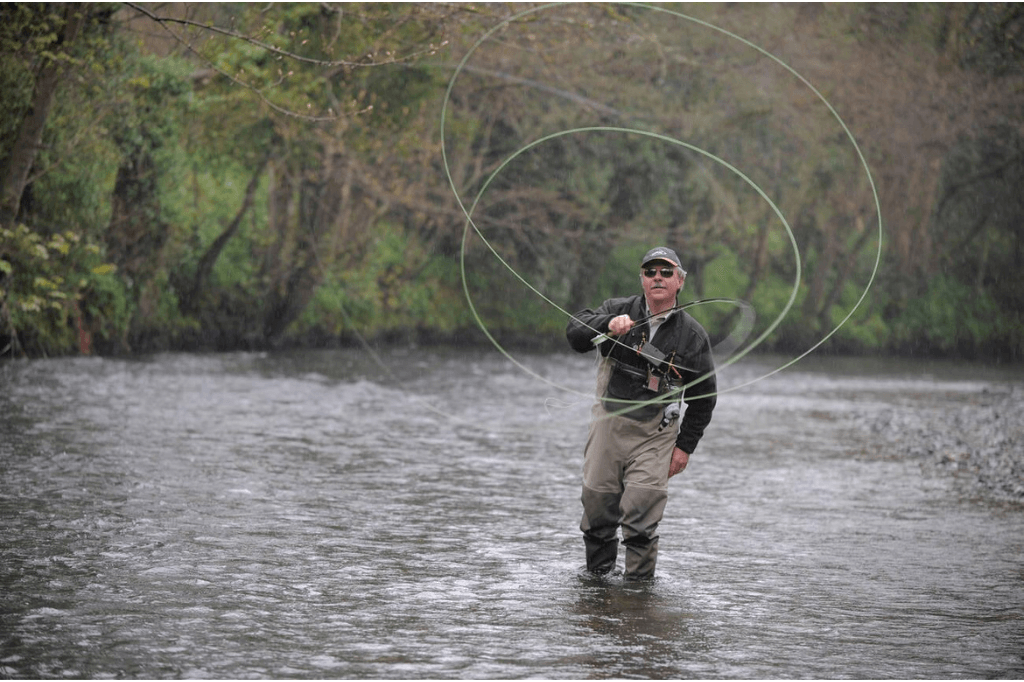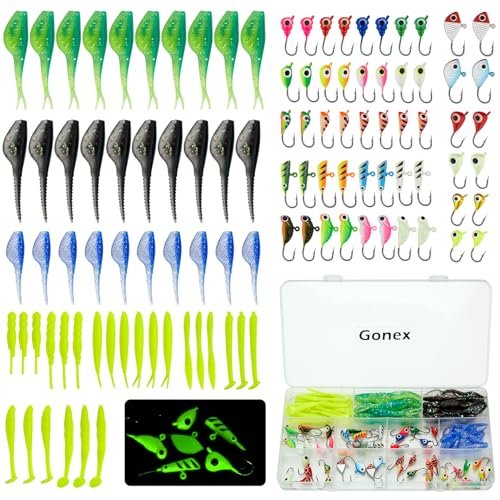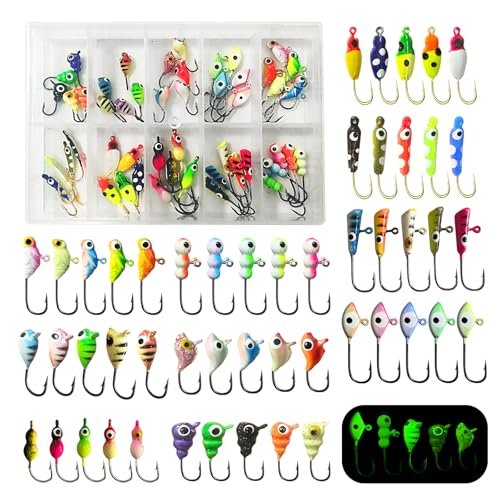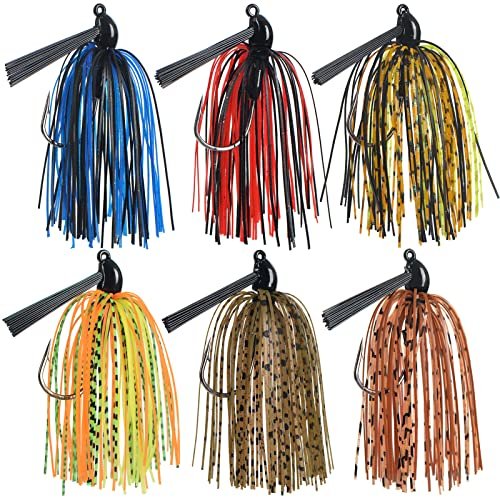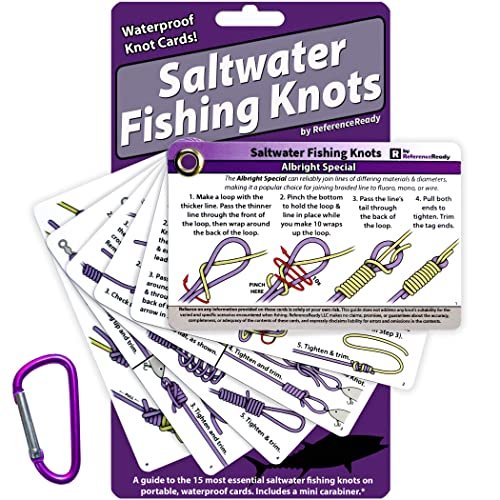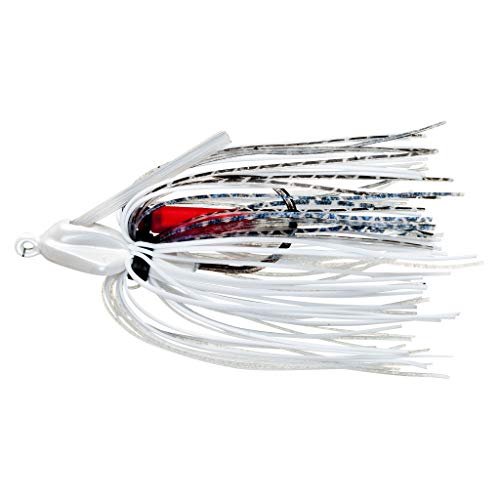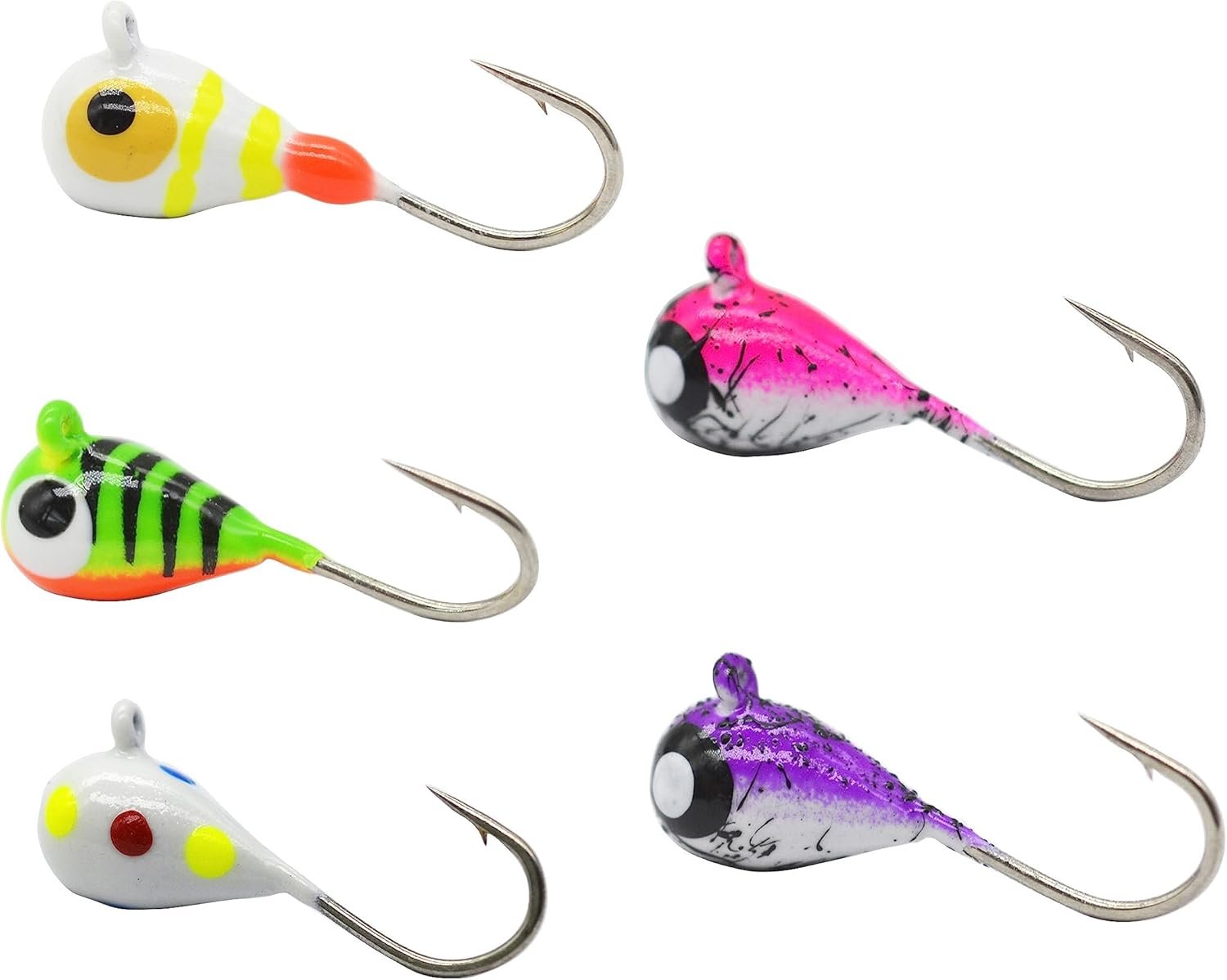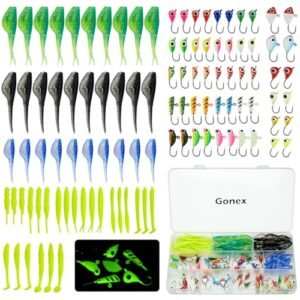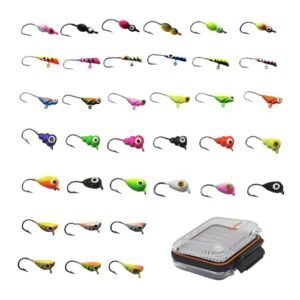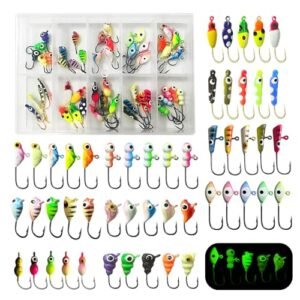Fly fishing is an art that combines skill, patience, and precision. Whether you are a beginner or an experienced angler, mastering the basics of casting is essential. Proper casting ensures that your fly lands gently on the water, mimicking the movement of natural prey.
This increases your chances of a successful catch. Fly fishing is not just about catching fish; it’s about immersing yourself in nature and enjoying the tranquility of the environment. With practice and the right techniques, you can enhance your fly fishing experience and improve your casting skills.

Introduction To Fly Fishing Rod Casting
Fly fishing is an art form that requires skill and patience. Casting a fly fishing rod is one of the most important skills to master. This introduction will guide you through the basics of fly fishing rod casting. You’ll learn the allure of fly fishing and the essential gear needed for a successful cast.
The Allure Of Fly Fishing
Fly fishing has a unique charm that attracts many enthusiasts. It’s not just about catching fish; it’s about the experience. The peaceful surroundings and the rhythmic casting motions are soothing. Many find it meditative and a great way to connect with nature.
Fly fishing also offers a challenge. It requires precision and skill. Each cast can be different, depending on the wind, water, and fish behavior. This unpredictability adds excitement and keeps anglers coming back for more.
Essential Gear For Casting
Before you start casting, you need the right gear. Here is a list of the essential equipment:
- Fly Rod: The main tool for casting. Choose a rod that suits your fishing style.
- Fly Reel: Holds the fishing line and helps in reeling in fish.
- Fly Line: Specially designed line that allows for smooth casting. It comes in different weights and types.
- Leader: A transparent line that connects the fly line to the fly. Helps in presenting the fly naturally to the fish.
- Fly: The bait used to attract fish. There are many types, imitating various insects and prey.
Having the right gear makes casting easier and more enjoyable. Ensure your equipment is in good condition. A well-maintained rod and reel perform better and last longer.
Here’s a quick reference table for the essential gear:
| Gear | Description |
|---|---|
| Fly Rod | Choose one that matches your fishing style |
| Fly Reel | Holds the line and helps reel in fish |
| Fly Line | Allows for smooth casting |
| Leader | Connects the fly line to the fly |
| Fly | Bait used to attract fish |
With your gear ready, you’re all set to start casting. Practice makes perfect, so get out there and enjoy the experience of fly fishing.
Fundamentals Of Fly Casting
Fly casting is an essential skill for any fly angler. Mastering the basics allows for precise and enjoyable fishing experiences. Understanding the components and mechanics of fly casting is key to success. Let’s explore the fundamentals of fly casting in detail.
Fly Rod Anatomy
The fly rod is your primary tool for casting. It consists of several parts:
- Tip: The thin, flexible end of the rod.
- Guides: Small loops guiding the fly line.
- Blank: The main body of the rod.
- Handle: The grip area, usually made of cork.
- Reel Seat: Holds the reel in place.
The rod’s length and flexibility affect casting distance and accuracy. Choose a rod that fits your fishing style and environment.
Understanding Fly Lines
Fly lines come in various types and weights. Each type serves a different purpose:
| Type | Purpose |
|---|---|
| Floating Line | Stays on the water surface. |
| Sinking Line | Sinks below the surface. |
| Weight Forward Line | For long-distance casting. |
The weight of the line matches the rod’s weight. This balance is crucial for effective casting. Understanding the line’s behavior helps in making accurate casts.
Practice and knowledge of these fundamentals will enhance your fly casting skills. Happy fishing!
Basic Casting Techniques
Learning to cast a fly fishing rod can be thrilling. Basic casting techniques are essential for beginners. They help you get started smoothly. Let’s dive into two fundamental methods.
The Overhead Cast
The overhead cast is a classic technique. It’s simple and effective. Follow these steps:
- Stand with your feet shoulder-width apart.
- Grip the rod with your thumb on top.
- Raise the rod tip to the 1 o’clock position.
- Flick your wrist to cast the line forward.
- Stop the rod at 10 o’clock to let the line unfurl.
Remember, practice makes perfect. Keep your movements smooth and controlled.
The Roll Cast
The roll cast is useful in tight spaces. It’s perfect when there’s limited room to cast:
- Start with the rod tip near the water.
- Pull the rod back to the 1 o’clock position.
- Form a small loop of line behind you.
- Push the rod forward smoothly.
- Let the line roll out over the water.
This technique avoids getting tangled in trees or brush. It’s handy in narrow streams.
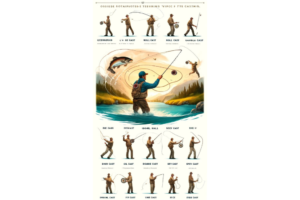
Credit: www.artofmanliness.com
Advanced Casting Methods
Advanced casting methods in fly fishing can elevate your skills significantly. These techniques help you cast farther and with more accuracy. Let’s delve into two key methods: the Double Haul and Shooting Line for Distance.
The Double Haul
The Double Haul technique involves using both hands to increase line speed. This method is essential for casting in windy conditions. Here’s a step-by-step guide:
- Start with a basic cast.
- As you bring the rod back, pull down on the line with your non-dominant hand.
- Release the line as the rod moves forward.
- Repeat the pulling motion on the forward cast.
Practice these steps to master the Double Haul. This technique increases your casting distance and accuracy.
Shooting Line For Distance
Shooting Line for Distance is another advanced casting method. This technique is useful for reaching far-off targets. Here’s how you do it:
- Start by false casting to build momentum.
- On the final forward cast, release extra line from your non-dominant hand.
- Let the line slide through the guides as the rod moves forward.
- Stop the rod high to allow the line to shoot out.
Use this method to reach distant fish with ease. Practice is key to mastering this technique.
| Technique | Benefits |
|---|---|
| Double Haul | Increases line speed, better for windy conditions |
| Shooting Line for Distance | Reaches farther targets, increases casting distance |
Both techniques require practice. Mastering them will make you a better fly fisherman.
Common Casting Mistakes And Fixes
Fly fishing is an art that demands precision and patience. While casting a fly fishing rod, many anglers make common mistakes. Correcting these mistakes can greatly improve your casting technique. Here, we will discuss the most frequent casting errors and how to fix them.
Improper Timing
Improper timing is a frequent mistake in fly fishing. Timing affects your cast’s distance and accuracy.
- Too Fast: Rushing the cast reduces control. Slow down and use fluid movements.
- Too Slow: Casting too slowly causes slack in the line. Maintain a consistent rhythm.
Practice the “10 and 2” technique. Imagine a clock face. Your rod should move between 10 o’clock and 2 o’clock. This keeps your timing consistent and improves your cast.
Incorrect Power Application
Applying the wrong amount of power can ruin a good cast. Power should be applied smoothly and gradually.
| Issue | Solution |
|---|---|
| Too Much Power: | Exerting too much power causes the line to snap back. Use gentle, controlled force. |
| Too Little Power: | Using too little power results in short casts. Apply a bit more force, but keep it smooth. |
Break down your casting motion into parts. Practice each part to understand how much power is needed. Start with short casts and gradually increase the distance.
Practice Drills For Perfecting Your Cast
Mastering the art of fly fishing requires dedication and practice. To become proficient, one must focus on specific drills. These drills help you improve your accuracy and distance control. Below are some essential exercises that will refine your casting skills.
Accuracy Exercises
Accuracy is key in fly fishing. Here are some drills to help:
- Target Practice: Place several targets at varying distances. Aim to hit each one.
- Hula Hoop Drill: Use a hula hoop as your target. Try to land the fly inside the hoop.
- Consecutive Hits: Aim to hit the same target multiple times in a row.
| Drill | Objective |
|---|---|
| Target Practice | Improve pinpoint accuracy |
| Hula Hoop Drill | Enhance precision |
| Consecutive Hits | Build consistency |
Distance Control Drills
Controlling your casting distance is crucial. Try these drills:
- Measured Casts: Mark distances on the ground. Cast to each mark accurately.
- Progressive Casting: Gradually increase your casting distance. Start short, then go longer.
- Consistent Distance: Aim to cast to the same distance repeatedly.
These drills will help you control how far you cast:
- Measured Casts: Maintain accuracy at different distances.
- Progressive Casting: Build strength and control.
- Consistent Distance: Achieve uniformity in your casts.
By practicing these drills regularly, you will see significant improvement. Your casting will become more precise and controlled. Happy casting!
Casting In Different Conditions
Fly fishing can be challenging in various conditions. Understanding how to adapt your casting technique is crucial. Whether you’re dealing with strong winds or navigating through obstacles, each scenario requires a specific approach. Let’s dive into the details.
Adapting To Wind
Wind can make casting difficult. To manage this, you need to adjust your technique.
- Position yourself: Stand with your back to the wind. This helps your cast go further.
- Use a tighter loop: A tighter loop cuts through the wind better. Keep your rod tip closer to the water.
- Shorten your cast: In strong winds, a shorter cast is more effective. Aim for accuracy over distance.
- Heavier line: Use a heavier line to combat the wind. Heavier lines are less affected by gusts.
Navigating Obstacles
Obstacles like trees and rocks can hinder your cast. Here are some tips to navigate them effectively.
- Sidearm cast: Use a sidearm cast to avoid overhead obstacles. This keeps your line low.
- Roll cast: A roll cast is perfect for tight spaces. It requires less backcast room.
- Steeple cast: For high obstacles, use a steeple cast. Cast high and let the line drop gently.
- Check your surroundings: Always be aware of your environment. Plan your cast to avoid snags.
In summary, adapting to different conditions makes fly fishing more enjoyable. Practice these techniques to improve your casting skills.
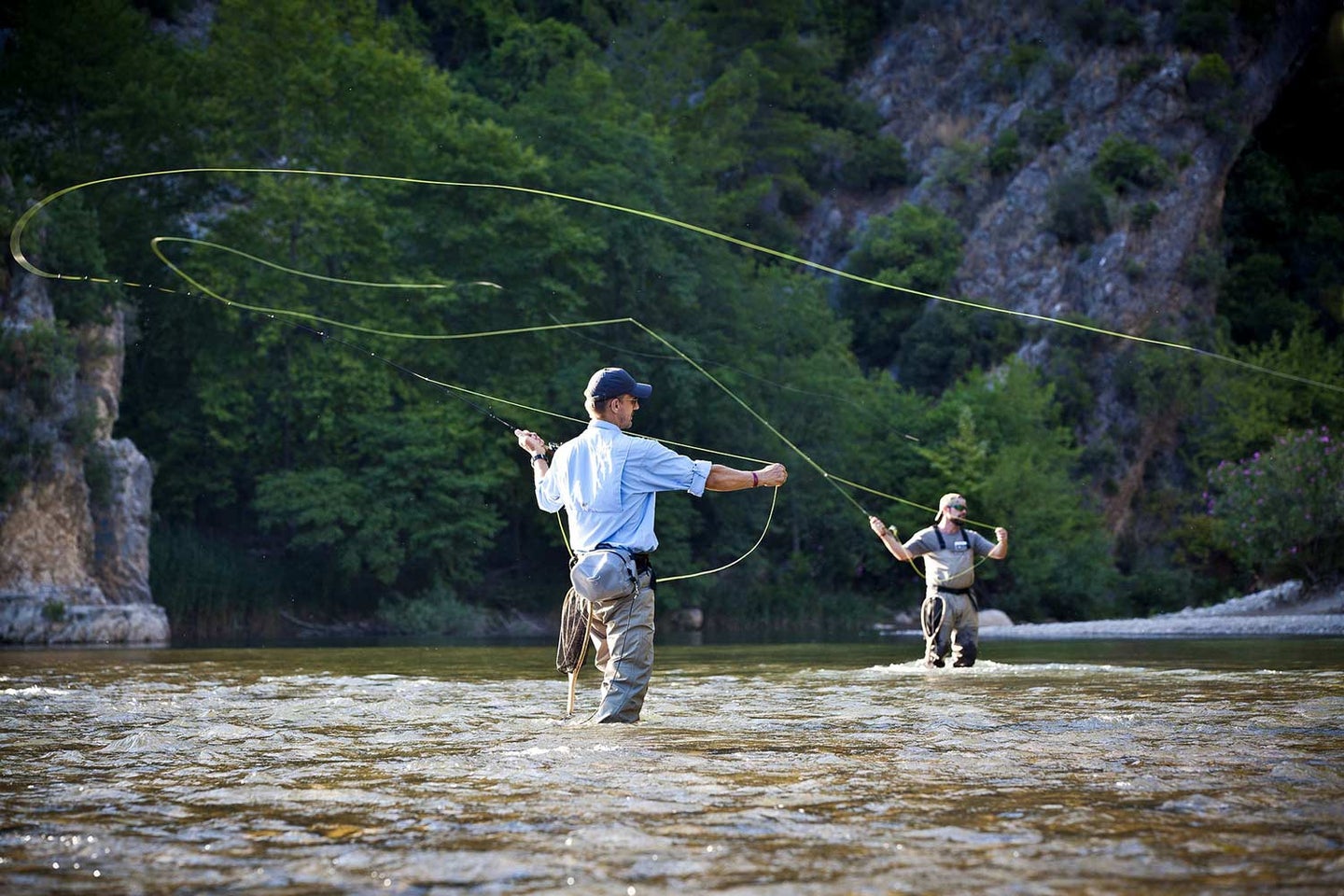
Fly Fishing Etiquette And Conservation
Fly fishing is more than just casting a rod. It’s about respecting nature and preserving the environment. Understanding fly fishing etiquette and conservation helps keep our waters healthy. This ensures future generations can enjoy fishing too.
Respecting The Waters
Always respect the waters you fish in. Avoid littering and pick up any trash you see. Use biodegradable products whenever possible. This includes fishing lines and bait containers. Stay on marked trails to prevent erosion and protect plant life.
Keep noise levels down. Loud noises can disturb wildlife and other anglers. Maintain a safe distance from other fishermen. This ensures everyone has a good experience. Observe local fishing regulations. They exist to protect fish populations and their habitats.
Catch And Release Practices
Practice catch and release to help conserve fish populations. Use barbless hooks to make releasing fish easier. Handle fish with wet hands to protect their slime coat. This helps prevent infections.
Minimize the time fish are out of the water. Use a net to land fish quickly. Support the fish gently under the belly when taking photos. Release fish in calm waters where they can recover. Avoid fishing in extreme temperatures. High heat can stress fish and lower their survival rates.
| Do’s | Don’ts |
|---|---|
| Use biodegradable products | Leave trash behind |
| Follow local regulations | Disturb wildlife |
| Handle fish with care | Fish in extreme temperatures |
By following these practices, you help protect our natural resources. Fly fishing can be a rewarding experience for everyone. Respecting the environment ensures we can enjoy it for years to come.
Frequently Asked Questions
What Is The Best Way To Cast A Fly Rod?
The best way to cast a fly rod involves smooth, controlled motions. Keep your wrist steady, and use your arm. Practice timing to achieve accurate, long casts. Focus on the backcast and forward cast for optimal results.
How Do You Cast A Fly Line For Beginners?
To cast a fly line, grip the rod, pull out some line, and flick it back and forth. Aim for smooth, controlled movements. Practice makes perfect.
How To Make A Basic Fly Cast?
To make a basic fly cast, hold the rod firmly and pull the line back. Then, swiftly move the rod forward. Aim for a smooth, controlled motion. Practice ensures accuracy.
Can You Practice Casting A Fly Rod Without A Fly?
Yes, you can practice casting a fly rod without a fly. Use a piece of yarn instead. This helps avoid snags and tangles while improving your technique.
Conclusion
Mastering the art of casting a fly fishing rod takes practice and patience. Start with simple techniques and gradually advance. Always remember to enjoy the process and the serene moments on the water. With dedication, you’ll soon cast like a pro and enhance your fly fishing experience.
Happy fishing!
